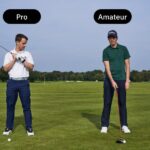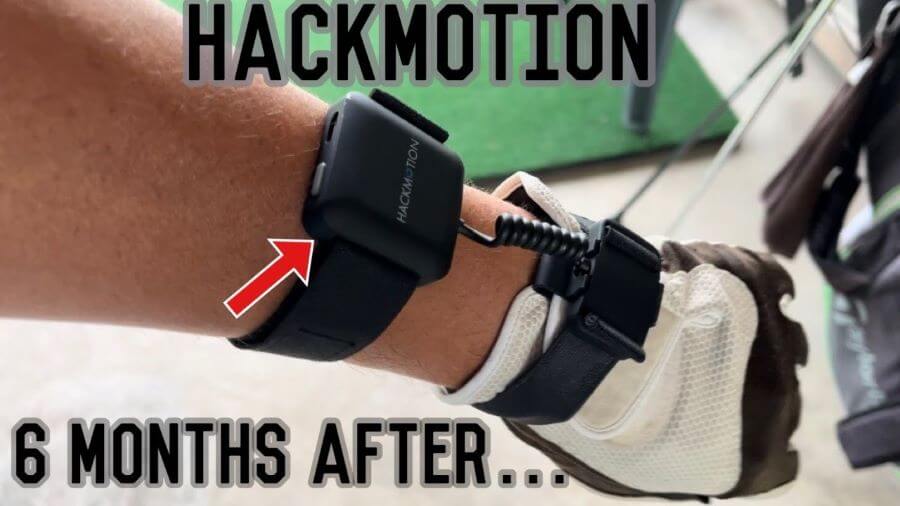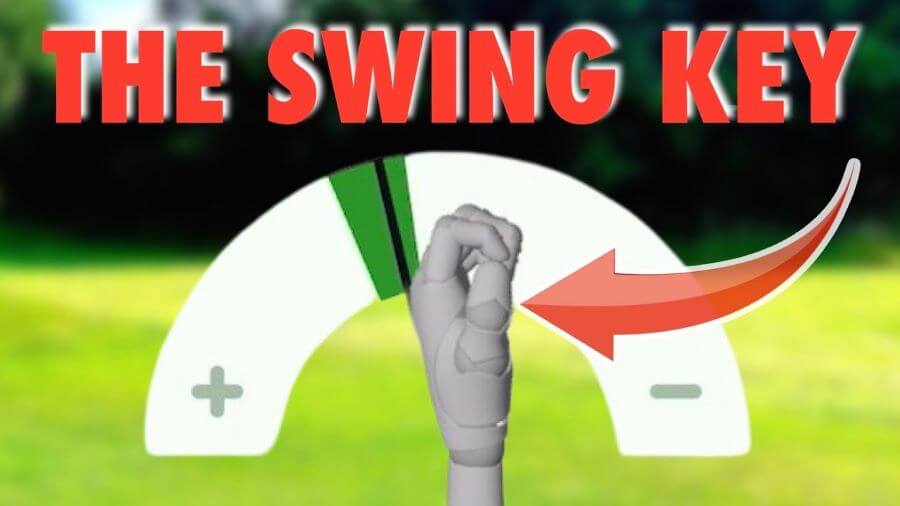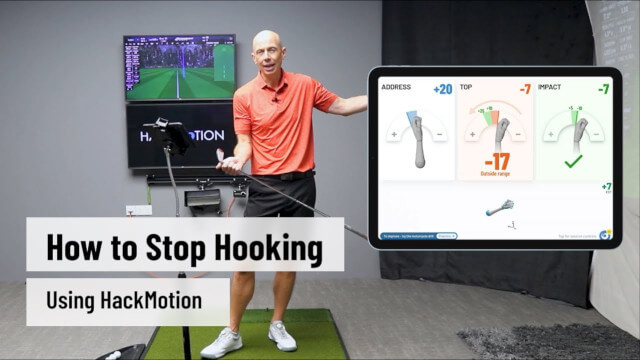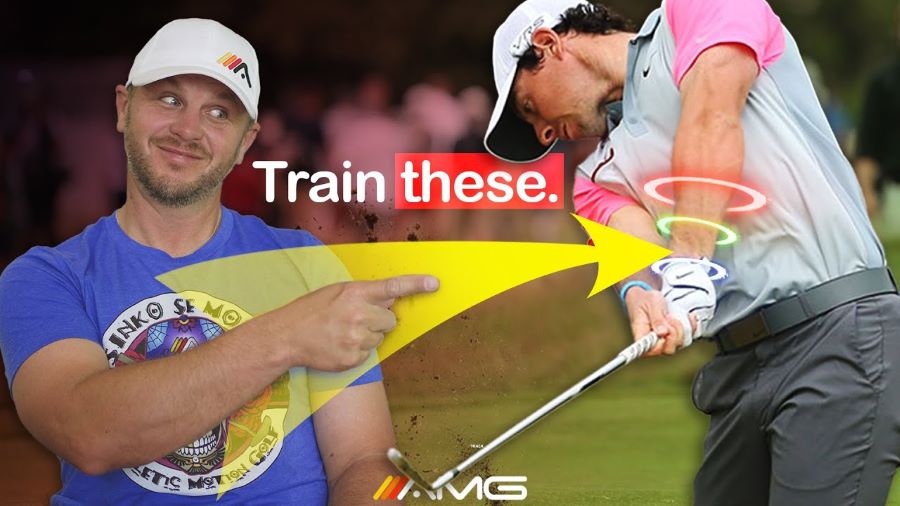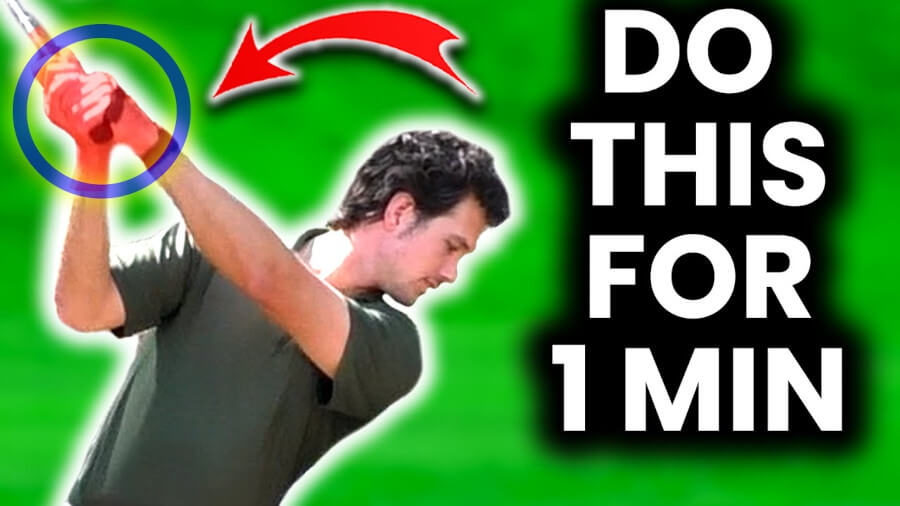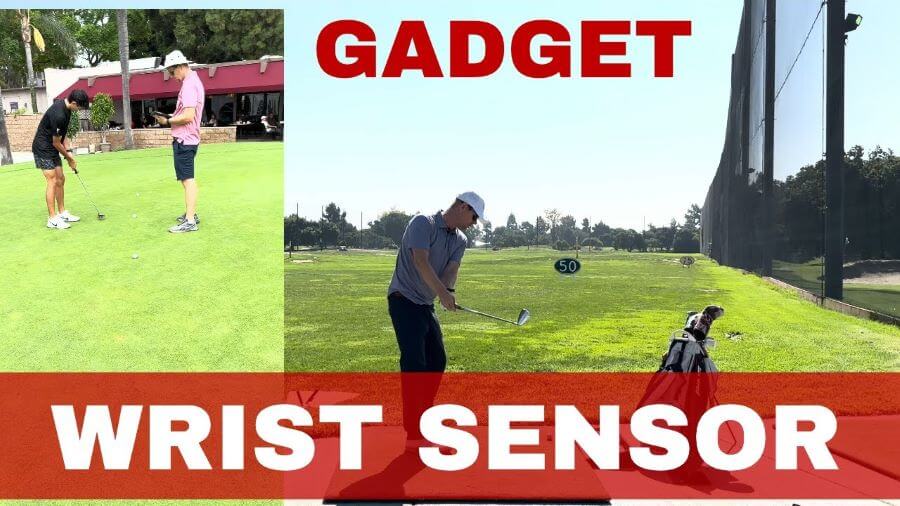Golf Wrist Angles Do’s and Don’ts (Video by Athletic Motion Golf)
At HackMotion, we talk a lot about the wrists in the golf swings and where they need to be located at the address, top of the backswing, and impact.
The guys at Athletic Motion Golf just did an educational video on the golf wrist angles do’s and don’ts.
Here is a recap of this information; take a look to see if any of it applies to your golf game.
Don’t Change the Pitch Angle in Putting
While wearing the HackMotion it’s possible to look at how the ulnar and radial deviation changes in the wrists throughout the putting stroke. So many golfers focus on flexion and extension (which is important), but the ulnar and radial deviation, or pitch as it’s described in this video, is quite important.
If you pitch the lead wrist too much while swinging the putter back, it can change the lie angle of the putter. Lie angle changes lead to inconsistency in the face of the putter, making it nearly impossible to have a square and consistent impact.
These motions are subtle, but they make a big difference. To fix an ulnar and radial deviation issue, you should feel as though you lock your shaft angle in at setup and keep it there throughout the stroke.
Make Sure to Have Enough Extension in Pitching
When hitting pitch-type shots, the key is to add a bit of extension on the backswing or at least not to add flexion as you swing back. The problem for most amateur golfers is they approach a bump and run shot the same way they approach a lofted pitch shot to the green.
Wearing the HackMotion can show you if your first move away from the ball allows the clubface to open and rotate or if it just stays closed and shut down. Most amateur players have too much flexion in the lead wrist on these shots, resulting in lower shots that are hard to control.
It’s also a reason many golfers flip their wrists as they come through impact.

Instead, allow for a little more extension in the lead wrist as you take the club back on a pitch shot, and watch the ball get up in the air a bit more.
Forearm Rotation in The Backswing and Downswing
When looking at the swings of the best golfers in the game, it’s very clear to see that they have more forearm rotation than amateur players.
Professionals understand the importance of forearm rotation for squaring the clubface, getting power, and hitting straight shots. For amateur players, more lifting and raising of the arms, as opposed to rotation, creates long-term issues in their games.
A great drill mentioned by Athletic Motion is the handshake drill. Take your club out of your hand and use your lead hand to shake hands on the backswing and on the follow-through. This shaking hand motion gives you the proper amount of forearm rotation in the golf swing.
One more key point here is that even if your clubface is square or slightly closed at the top, you still need to rotate your forearm as your body moves through impact.

Final Thoughts
We have collected data on more than 1,000,000 golf swings since the initial release of HackMotion. These wrist patterns have been proven to work, and they help you become a more consistent and accomplished player.
HackMotion is a unique way of analyzing your golf game like you have never done before.



